Defining Collateral
Historically, the term "collateral" has referred to brochures or sell sheets developed as support tools for sales staff. Collateral has been used to include marketing materials such as brochures, business cards and other promotional items.
As we’ve moved to the digital landscape, our definition of marketing collateral has evolved. While most companies and organizations haven’t abandoned business cards and letterhead, these assets have taken a backseat to the website, blog, ebooks and other digital assets that deliver a concrete return on marketing investment.
Brands and organizations present various types of content marketing collateral to connect with audiences through consistent identity, messaging, visitor and customers experiences. Collateral is no longer a static, one way channel. Today’s marketing assets are what provides an engaging experience for your audience.
That’s why today’s collateral is created by a deep understanding of your ideal buyer, supporter and their touchpoints with the brand. Creating effective content marketing collateral requires careful planning and creatively executed marketing and sales.
Content Marketing Assets vs Collateral
Most marketing professionals need clarification on content marketing assets and collateral. However, the distinction is rather simple! Businesses use content marketing assets to promote their marketing collateral. For example, a business uses its website (marketing asset) to promote its marketing collateral, such as blogs, e-books, or guides. A few examples of content marketing collateral include e-books, brochures, white papers, case studies, and product catalogs.
Building A Foundation
To make the most of marketing dollars, creating collateral starts with an understanding of an organization's mission, and a strong brand positioning statement. It’s also important to have a marketing strategy that sets clear, measurable goals and includes an in-depth understanding of the target prospects, whose actions are needed to reach the organization’s goals. Effective marketing collateral development is critical to creating engaging materials that resonate with your target audience and reinforce your brand identity.
It’s often tempting to jump right into marketing tactics before establishing a marketing strategy. The planning process helps ensure that all marketing efforts have the intended impact.
Doing the footwork to build the foundational pieces of a solid brand is well worth the time. Once you have your marketing collateral materials in order, you can focus more effectively on a successful content marketing strategy (link to content SEO post that’s not specific to nonprofit) successful content marketing plan.
A complete set of key collateral covers the stages of the visitor and customer journey through the contemplative cycle. The Five A’s, as developed by Philip Kotler in his book Marketing 4.0, reflect the customer path in the age of connectivity and influence among customers:
- Aware: Customers are exposed to a list of brands, communications, or advocacy of others
- Appeal: Once customers process all the messages, they have a short list of brands to consider
- Ask: Customers follow up by active research of the brands they are attracted to
- Act: If they are convinced by further information in the ask stage, customers will decide when to act
- Advocate: Active advocates spontaneously recommend brands they love without being asked by telling positive stories and becoming evangelists
Marketing collateral helps create the touchpoints that comprise the customer experience throughout the Five A’s lifecycle.

As you review your marketing strategy, keep a checklist of what collateral you are going to need to create or develop further. Below are some content marketing collateral ideas to get you started. You can download a printable version of this content marketing collateral checklist at the end of this page.
Brand Assets
Explore the list of branding assets your business needs to elevate its branding through a robust content marketing strategy! To ensure consistency across all marketing initiatives, refer to our comprehensive branding collateral list as mentioned below:
Mission Statement
A powerful mission statement articulates the core of what an organization does and an aspirational outcome that the organization is pursuing. Buyers are giving higher regard to organizations that are driven by meaning and consideration for the broader world, beyond just filling demand for products and services.
The company’s mission statement is its initial brand asset in creating a mission-driven marketing strategy. It is a statement that is short in length, but long on vision. Whether your organization is a business or a nonprofit, a clear mission ensures that your content marketing efforts are aligned, making your organizational goals clear to customers and other stakeholders.
Here’s an example of a mission statement from the company Seventh Generation:
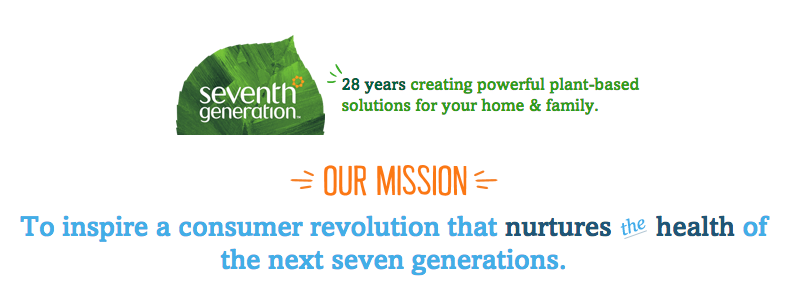
No matter how big or small your business or organization is, having a clear vision that everyone understands inspires, motivates and aligns executives, employees and other stakeholders, and attracts the right audience. A solid mission also works as a decision-making tool in ongoing strategic marketing.
Background context that helped form the mission statement can be expressed in the form of a vision statement, philosophy outline, or operating principles. These can be separate, or incorporated into the next asset, the message platform.
Message Platform
A colorful graphic or logo isn’t enough to convey what your brand is about. You need messaging to back it up. One form of collateral that is critical to building consistency and clarity for your personas is what we refer to as a key message platform.
The message platform is a document ranging anywhere from 2-10 pages. The message platform. The key message platform itself is not for public consumption; it is an internal document that provides alignment across the organization on standardized language on what you do (mission), why you do it (vision), and who you do it for (key personas).
The key message platform will be an important guide and springboard for much of the content assets, including web copy, blog posts, pillar pages, and brochures. It will provide the consistent voice that your audience will recognize and appreciate the clarity of. This alignment and clarity are essential in content marketing to maintain a uniform narrative that engages and converts.
Persona Profiles
An ideal persona is a detailed semi-fictional profile of your customer or supporter. Personas are not just theoretical constructs but are crucial in content marketing for crafting targeted messages that resonate deeply with your audience. It tells you who your prospective customer is and what their challenges and thinking are during each stage of the contemplative journey.
Personas are created based on market research and real data about existing customers, and it includes customer demographics, attitudes, concerns, goals, motivations, and behavioral patterns.
By researching what your ideal customer’s relevant challenges and interests are, you can align your content marketing strategies to convert visitors into leads, and leads into customers.

These insights are instrumental in developing content that speaks directly to the needs and interests of your audience, enhancing engagement and advocacy.
Logo
A logo is a visual manifestation of all that is great about your business or organization. Make sure that it reflects your mission, message platform and brand style guide. In this way you can be assured that it will appeal to your ideal buyer or supporter personas, and align all stakeholders under a common visual representation.
Colors
Complementing the logo, the color palette contains approved color swatches and formulas and guides the visual elements of marketing assets to ensure brand consistency.
Brand Style Guide
The brand style guide is invaluable in content marketing as it guides the usage of logos, colors, and other style elements across various content forms. This guide ensures that all content produced—be it digital or print—adheres to the same stylistic and branding standards, providing a cohesive experience to the audience and supporting the brand’s overall content strategy.
The logos, colors and messaging for your business or organization should align across all of your various marketing assets.
Content Marketing Assets
Explore our detailed content marketing assets list to strategically utilize tools and resources that enhance your brand's reach and engagement across multiple platforms.
Website
An organization’s website is not just its marketing hub; it’s the epicenter of its content marketing strategy. What was once a brochure, an organization’s website is now its marketing hub. The website attracts visits, and provides education and information that appeals to visitors in a way that compels them to engage further.
The optimal website smoothly guides the visitor through an experience that invites them to engage and take action. Given this critical objective, it’s important to develop a solid development plan that is guided by the content marketing strategy and brand assets.
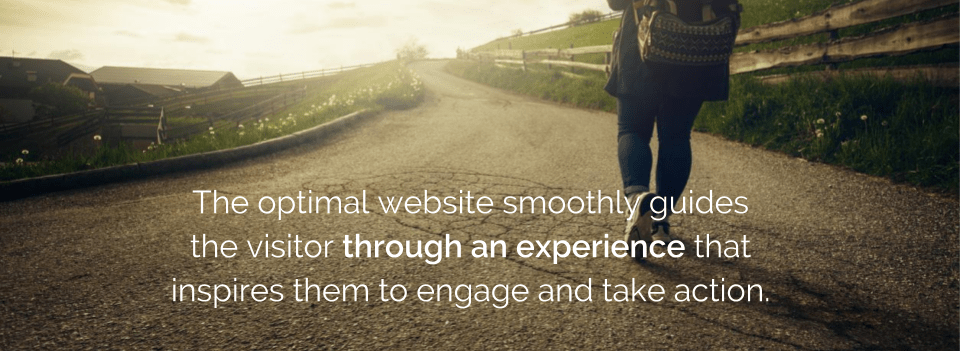
This digital platform will feature various sub-assets crucial for content marketing, including:
- Web Page Templates: Designed to maintain consistency and brand alignment across the website.
- Email Types: Crafted to engage different segments of your audience with tailored messaging.
- Pillar Content: In-depth resources that establish authority and drive traffic.
- Blog Posts and Listing Pages: Regular updates that keep the site dynamic and informative, enhancing SEO and visitor retention.
- Landing Page Templates: Optimized for conversions, these templates facilitate specific marketing campaigns and lead capture.
System Pages: Often overlooked but vital for user experience, including error pages and search result pages.
Both text and visual content are also valuable assets within the website that are considered carefully as part of the marketing and website strategies. This method serves as a powerful tool in the organization’s content marketing, driving engagement and converting visitors into loyal customers.
Content: Pillar and Blog Pages
Pillar and blog pages are foundational elements in a content marketing strategy, focusing on creating and distributing valuable, relevant, and consistent content that not only attracts but also retains a clearly defined audience—ultimately driving profitable customer action.
Pillar and blog pages focus on creating and distributing valuable, relevant, and consistent content that attracts and retains a clearly defined audience and to drive profitable customer action.
A pillar page is a comprehensive informational page that focuses on core topics that are highly relevant to your customers' challenges and goals. The pillar page covers a topic in depth and links supporting topics that expand on the topic (you’re reading a pillar page right now!).
Topic clusters organize a pillar page and the subtopic content (blog pages) that’s been compiled for the core topic. Subtopics link to the pillar page, which creates internal ‘link juice’ that helps your website boost authority in search for those topics.
Monitoring the performance of your pillar and blog pages is crucial. You can gain insights into which topics resonate most with your audience by tracking metrics such as page views, time on page, and conversion rates. By monitoring metrics such as page views, time on page, and conversion rates, you can gain insights into which topics resonate most with your audience. This data informs your ongoing content strategy and helps you refine your approach to maximize engagement and conversions. Such analytics enable you to adapt and evolve your content assets consistently to meet your audience's needs and market dynamics more effectively.
Video
Video marketing provides a visual complement to written content in a highly shareable format that generates traffic and maximizes search on video search engines such as YouTube. Video is also a great way to drive traffic to other content or areas of your site, generate leads and guide the ideal persona through the contemplative journey.
Video doesn’t have to be high-end or high-cost to earn viewers. In the human-centric marketing of today, more trust and authority can be gained by being authentic and sharing information in a straightforward manner.
Infographic
Infographics are a great visual way to tell a story and show impact. Their ability to distill complex information into engaging, easily digestible visuals makes them highly effective for capturing audience attention across various platforms. This example of an infographic was used originally in an annual report and can be repurposed to enrich blog posts, boost social media engagement, or enhance newsletter content.
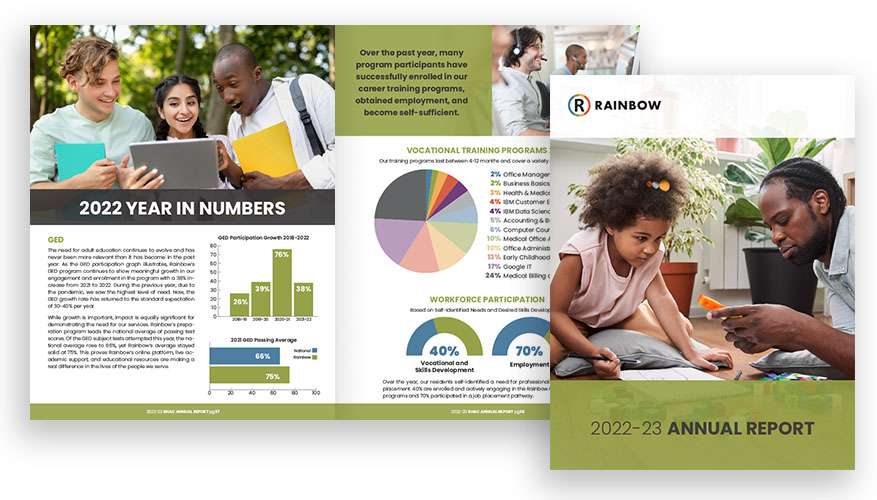
Social Media
Social media is channel that facilitates frequent engagement with your audience. It’s also a platform where your customers and supporters become influencers by advocating for the brand.
Social media is a tool for both broadcasting information and listening to your audience. It allows you to gather endless data about your ideal prospects, offering insights that can be used to refine your content marketing strategies.
The brand style guide is an ideal document to establish consistent voice and other guidelines across social media channels. Some organizations may choose to create a separate social media guidebook to tailor their approach more specifically to the nuances of communicating on specific social media platforms.
Social Media Advertising
Social media advertising offers the opportunity to tell your brand’s story to a targeted audience of ideal personas and supporters based on their interests, preferences and / or demographics and enables you to reach those ideal personas and supporters, thereby enhancing the effectiveness of your marketing efforts and driving higher conversion rates.
Email Marketing
Email nurtures your relationship with leads to help them become customers or supporters. Emails should be tailored to each persona and / or phase of the buyer’s journey.
There are many types of email marketing assets, including monthly content or informational newsletters, automated email nurturing sequences that are tailored to different campaigns, sales nurturing sequences that allow sales teams to be more efficient and consistent in sales processes, ecommerce product and abandon cart campaign emails and more.
A / B testing can be an effective tool in refining email marketing assets. Periodically test different days, times, subject lines and other formats to land on the variation with the most opens, clicks and engagement.
This ongoing optimization process is vital to refining your email marketing strategy, making it a dynamic and continually improving content marketing asset.
Ebook
E-Books are a cornerstone in content marketing strategies, designed to provide comprehensive information on topics that resonate deeply with your ideal prospects, customers, or supporters. Often, these are subjects your audience has already encountered on your website or through informative emails, sparking their interest and engagement. Unlike shorter blog posts or articles, eBooks delve deeper, offering nuanced insights and detailed guidance, making them ideal for educating your audience.
The content is educational, not salesy. It’s focused on solving a problem or meeting a need that you know the site visitor has. Ebooks offer the opportunity to converts visitors to leads when people download the e-book by filling out a form.
An ebook can be a downloadable version of the content on a pillar page, offering the reader a more portable option to consume the content.
E-books are particularly effective for converting website visitors into leads. The visitor gains access to valuable content, while you capture important lead information, expanding your potential customer base.
Strategically, eBooks fit seamlessly into a broader content marketing ecosystem. They can be linked from various content pieces like blogs, social media posts, and emails, creating a cohesive journey that guides the reader through different stages of engagement. This integrated approach helps nurture leads through the buyer’s journey, ultimately guiding them towards making informed decisions and taking action.

Case Study
Case studies show how your organization has solved problems for your ideal customers in the past. Case studies usually include the metrics or measures of success you know are important to them, and a description of the processes or journey that led to successful outcomes. These quantifiable results provide tangible proof of your capabilities and help establish credibility.
Case studies serve as vital assets that can be leveraged across multiple platforms. They can be featured on your website, included in newsletters, and shared through social media channels. They also provide valuable content for webinars, presentations, and sales pitches, where real-world examples can significantly enhance your message.
Here’s a snapshot of one of our case studies.
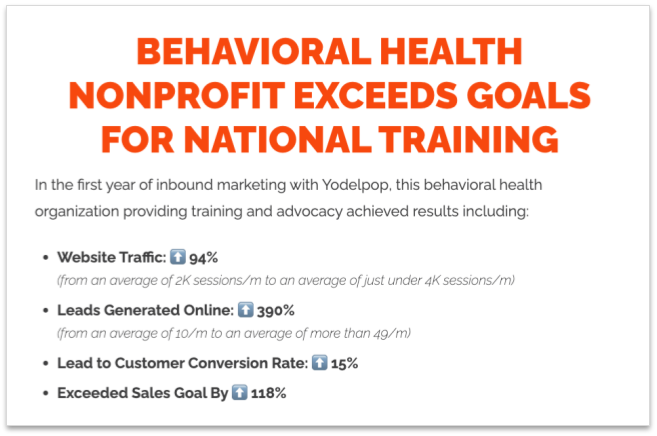
Case studies include quotes or testimonials from customers. Personal stories are incredibly powerful, and your prospects will want to hear from others like them what you’ve been able to achieve for them. Providing a call-to-action alongside your case studies—such as invitations for a consultation or links to more detailed information—can further enhance conversion rates.
White Paper
In some industries, white papers are more the norm than e-books. White papers show your thought leadership by presenting research, findings, and / or analysis on a relevant topic.
Unlike blog posts or shorter articles, white papers explore complex issues in-depth. They examine challenges and trends, offer insights, and propose solutions, making them invaluable for readers seeking to understand the nuances of a particular topic.
White papers are particularly effective for generating leads as they are often exchanged for contact information. This exchange helps build a database of prospects interested in your field of expertise. White papers can also help educate potential clients, answer their complex questions, and address their concerns at a deeper level, which is often required in B2B sales cycles.
Slideshare
A Slideshare deck is a great way to share a presentation that you've worked hard to create for a sales meeting (see Networking & Sales Assets below). You can repackage the presentation and share it on a Slideshare account for wider reach.
The platform also allows you to showcase your expertise, insights, and solutions in a visually appealing format that is easy to share and view, enhancing your content marketing strategy.
Webinar
Webinars, workshops or seminars given in a web conferencing format, allow you to educate attendees on a topic in a multimedia educational format. The group setting builds trust in your company or organization through social proof. Webinars can be recorded and reused in ongoing marketing campaigns as on-demand offers.
Additionally, recording these sessions allows them to be repurposed into on-demand content, offering lasting value and serving as a continuous tool in your content marketing strategy.
Annual Report
A nonprofit annual report is an essential piece of collateral; it builds donor trust and attracts your ideal supporters and tells the story of the organization’s success. A well-done annual report can build excitement and investment among all stakeholders.
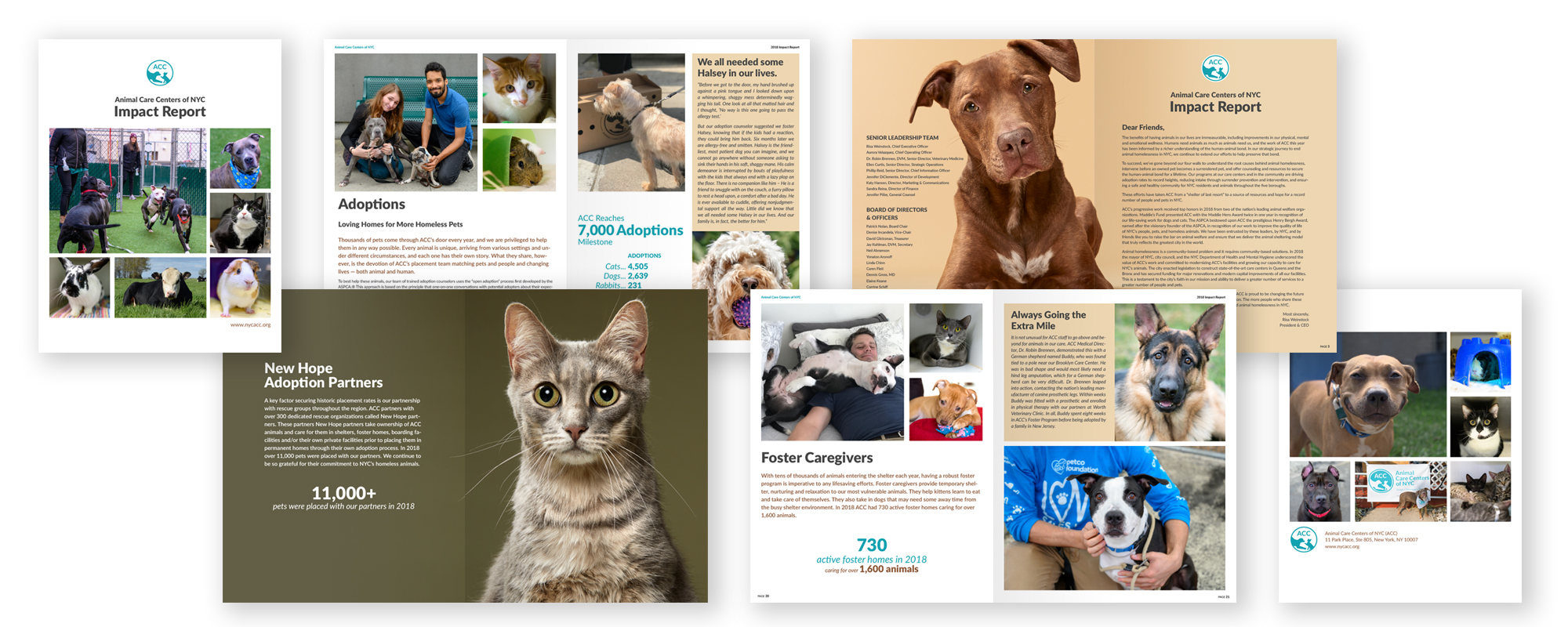
Annual reports showcase an organization’s accomplishments through storytelling and photographs, create an opportunity to thank donors and supporters, and issue a clear call to action to readers for how they can help keep the momentum going.
Sustainability Report
A sustainability report is one that an organization––typically firms that follow a triple-bottom-line (people, planet and profit) model of business––creates to share information about their progress on the integration of economic, environmental and social goals of the organization.
Similar to a nonprofit annual report, a sustainability report helps to internalize and improve an organization’s commitment to sustainable development in a way that can be demonstrated to both internal and external stakeholders.
Like many of the assets in this list that have traditionally been in print format, the sustainability report is a great asset to render digitally for increased reach and engagement.
Networking & Sales Assets
Business cards
Still important symbolically, business cards come in handy in person as a way to quickly share contact information, and when working with prospects who don’t have a 100% digital lifestyle or industry.
While primarily a traditional networking tool, business cards can bridge the gap between offline and digital marketing by including QR codes or social media handles, directing recipients to online content or digital contact methods.
Print brochure
The internet has become so important in reaching out to an audience, and nurturing those relationships. But it is not a complete substitute for real live person-to-person engagement.
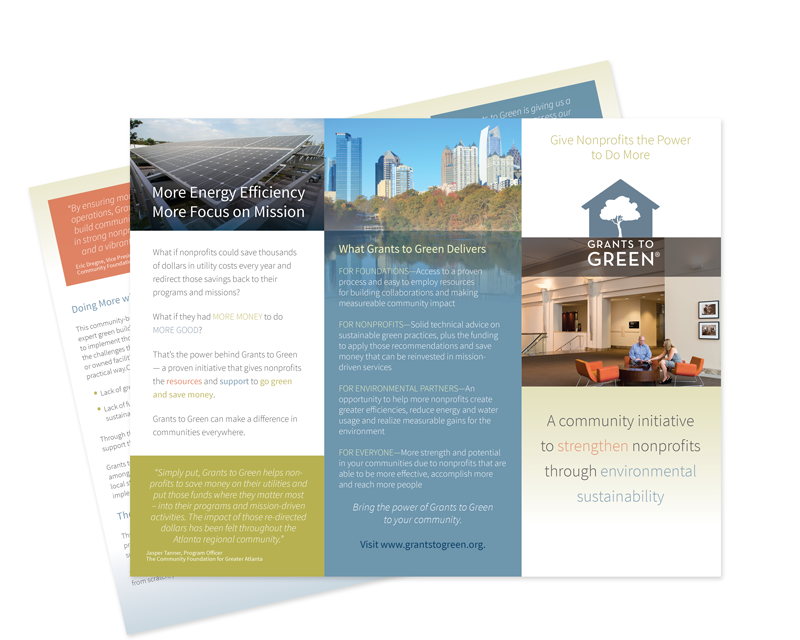
Your prospective customer may not always have access to mobile devices and an internet connection, and they may appreciate holding your brochure to do more research on their purchasing experience. They provide detailed insight into your products or services and can drive engagement.
A prospect might appreciate being handed a concise piece of literature that distills all of the information into the pieces they need to inform their process. There’s no getting lost in a brochure.
Online brochure
You can convert your print brochure into a powerful online content marketing asset. Translating your print brochure into an online brochure saves money on printing and mailing large quantities of brochures.
It also creates ease of access for your ideal customers, opportunities for engagement, such as links to social sharing, newsletter sign ups, and other areas of your website. An online brochure saves space and has less impact on the environment that can apply to the organization’s sustainability goals.
Sales Sheets
A sales sheet, also known as a product datasheet, or sell sheet, is a tool that relays product or service details, such as features, benefits and pricing in a one-sheet format. Sales reps often offer sale sheets to help customers make buying decisions.
Sales sheets are often used in person, but they should also be available online for the sales team to use in the sales email nurturing process. With the right customer relationship management (CRM) software, the viewing or downloading of sales sheets gives key intelligence on lead progress based on activity.
They provide concise and crucial information about products or services and can be used both offline during direct sales pitches and online as downloadable content that aids in lead nurturing and conversion.
Smarketing Service Level Agreement
A traditional service level agreement (SLA) describes services and delivery processes that a customer will receive from a service provider. Similar to this, the ‘smarketing’ (sales and marketing) agreement that details both marketing goals (like number of leads or revenue pipeline) and the sales activities that will follow up on leads qualified by marketing.
Both teams use this document as a commitment to support each other, based on concrete, numerical goals. According to the State of Inbound, 81% of marketers whose companies have this type of SLA have an effective marketing strategy.
A well-implemented SLA can boost content marketing effectiveness by ensuring that content marketing efforts are directly supporting sales goals, leading to a more coherent and unified approach to achieving business objectives.
Displays
Displays are important assets when it comes trade shows, conferences, and in-store communication. Like many other print assets, displays can be part of a unique omnichannel experience by adding URL that connects to relevant content online. This is also a way to track traffic unique to the event, and to further the buyer’s journey.
Presentations
Presentations are often essential for meetings and sales. When repurposed as Slideshare uploads, videos, or downloadable PDFs, presentations extend the life of the content and increase its reach, transforming a single meeting’s discussion into a resource accessible to a broader audience.Templates can be created where branding is aligned with the brand style guide so that teams can maintain consistency across various presentation types.
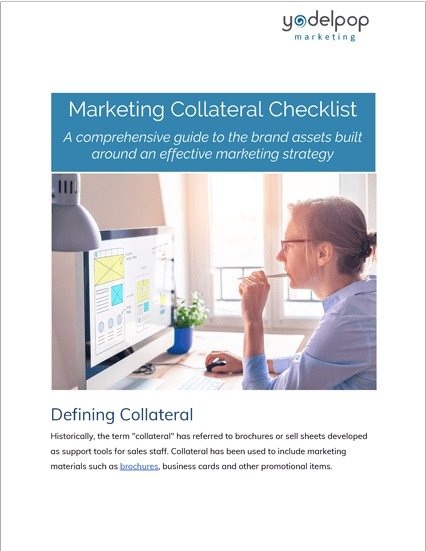
Download the PDF here!
Want a portable version of this article?
DOWNLOAD IT HERE.
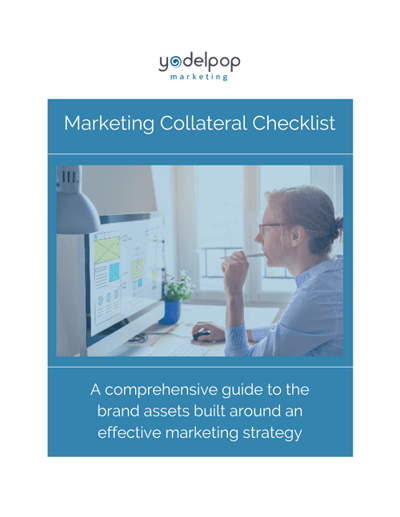
Want a portable version of this article?
DOWNLOAD IT HERE.


